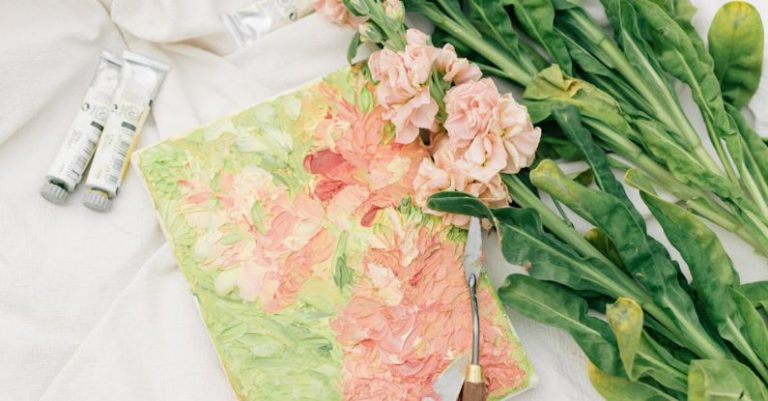What Are Effective Techniques for Staining Furniture?

Achieving the perfect stain on your furniture can elevate its aesthetic appeal and breathe new life into old pieces. Whether you are looking to darken the wood, enhance its natural beauty, or completely change its color, using effective staining techniques is essential to achieve the desired results. In this article, we will explore some of the most efficient techniques for staining furniture that can help you achieve professional-looking results.
Preparation is Key
Before you begin the staining process, it is crucial to prepare the furniture properly to ensure that the stain adheres evenly and smoothly. Start by sanding the surface of the furniture to remove any existing finish, dirt, or imperfections. Use a fine-grit sandpaper to achieve a smooth surface, and make sure to sand in the direction of the wood grain to avoid scratching the wood.
After sanding, clean the surface thoroughly to remove any dust or debris that could affect the stain’s application. You can use a tack cloth or a damp cloth to wipe down the furniture and ensure a clean surface for staining. Additionally, if you are working with unfinished wood, it is recommended to apply a wood conditioner before staining to help the wood absorb the stain more evenly.
Choosing the Right Stain
When it comes to staining furniture, the type of stain you choose can significantly impact the final result. There are various types of wood stains available, including oil-based, water-based, gel stains, and more. Each type of stain has its unique characteristics and application techniques, so it is essential to choose the one that best suits your project and desired outcome.
Oil-based stains are known for their durability and rich color payoff, making them an excellent choice for high-traffic furniture pieces. Water-based stains, on the other hand, dry quickly and emit fewer fumes, making them a more environmentally friendly option. Gel stains are thicker in consistency, making them ideal for vertical surfaces or achieving a more controlled application.
Applying the Stain
Once you have prepared the furniture and selected the right stain, it is time to apply the stain using the appropriate technique. One effective method is to use a brush or a clean cloth to apply the stain in the direction of the wood grain. Make sure to work in small sections and wipe off any excess stain immediately to avoid streaks or blotches.
For a more intense color payoff, you can apply multiple coats of stain, allowing each coat to dry completely before applying the next. This layering technique can help you achieve a deeper and richer color while maintaining the wood’s natural beauty.
Protecting the Finish
After the stain has dried completely, it is essential to protect the finish to ensure the longevity of the furniture. You can apply a clear topcoat, such as polyurethane or lacquer, to seal the stain and provide a durable protective layer. Make sure to follow the manufacturer’s instructions for application and drying times to achieve the best results.
Maintaining Your Stained Furniture
To keep your stained furniture looking its best, regular maintenance is key. Avoid placing hot or wet items directly on the surface, as this can damage the finish and stain. Use coasters, placemats, or trivets to protect the furniture from scratches, stains, and heat marks.
Additionally, dust the furniture regularly with a soft cloth or a microfiber duster to prevent dirt and debris from building up. If the furniture needs a touch-up or refinishing over time, you can lightly sand the surface and reapply the stain and protective finish as needed.
In conclusion,
Staining furniture is a rewarding process that can transform the look of your pieces and add character to your space. By following these effective staining techniques, you can achieve professional-quality results and enjoy beautiful, stained furniture for years to come. Remember to prepare the furniture properly, choose the right stain, apply it with care, protect the finish, and maintain your stained furniture to keep it looking its best. With a little effort and attention to detail, you can create stunning stained furniture that enhances the beauty of your home.





